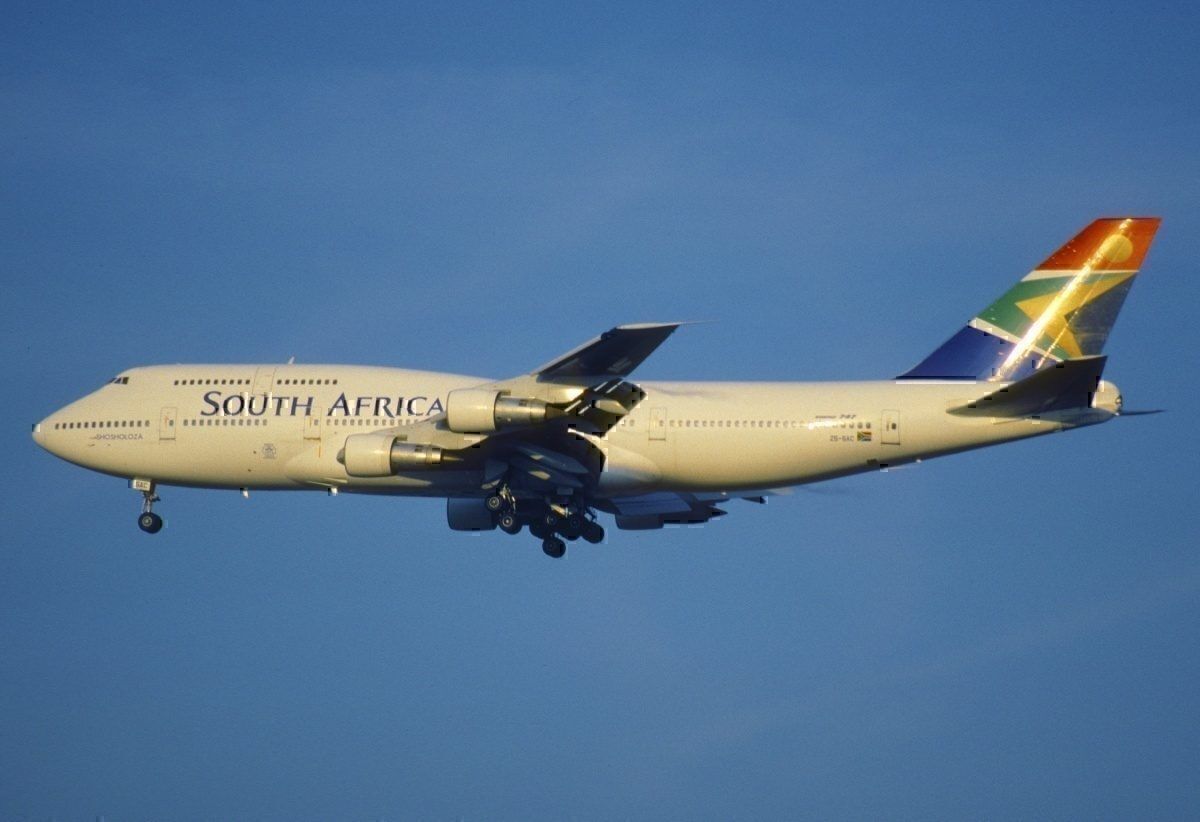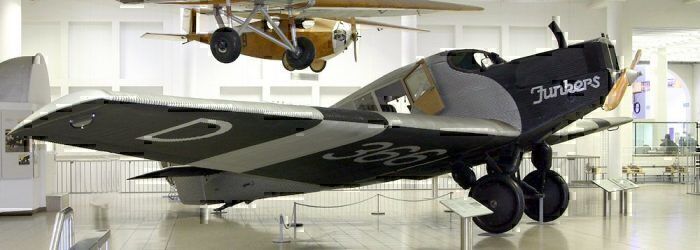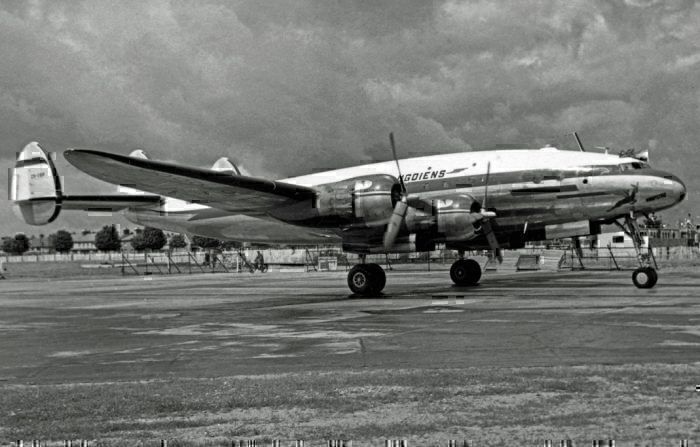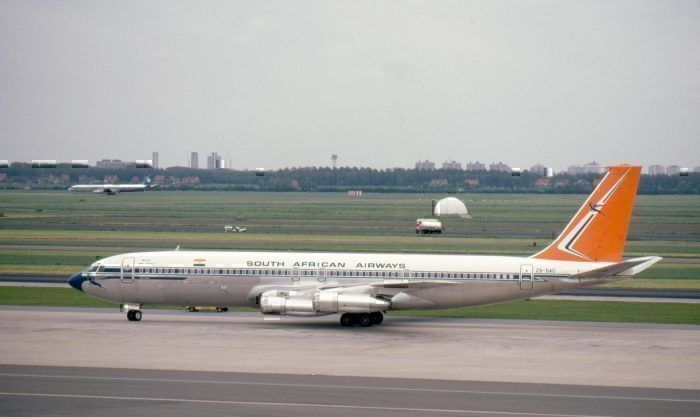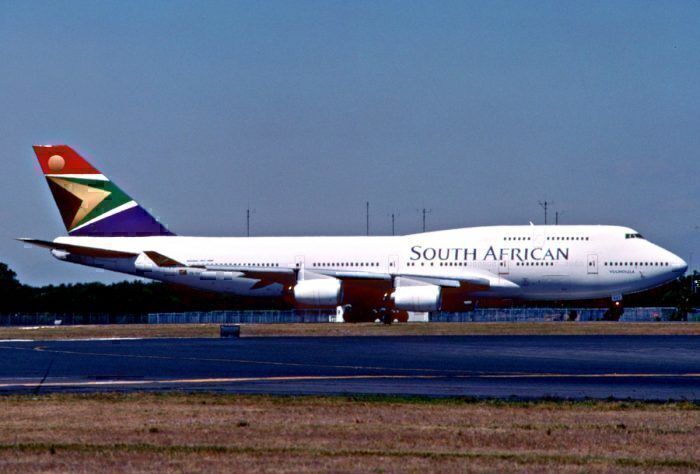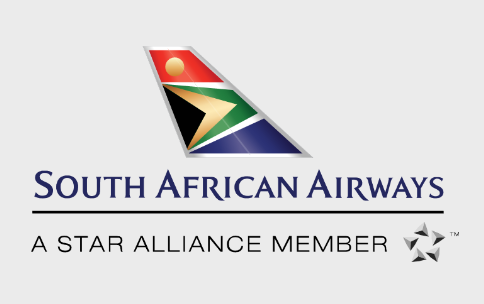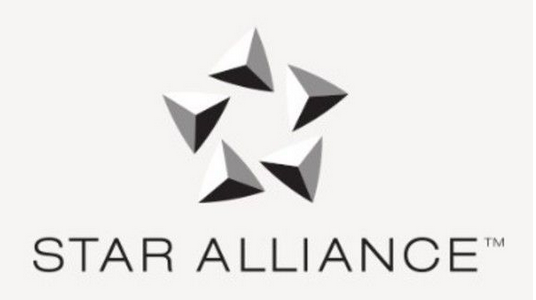South African Airways reaches 85 years of service in 2019. The flag carrier of South Africa has been a government owned airline throughout its history, and remains so today. It started as a small domestic carrier connecting towns and ports in South Africa, but soon made its name as a longhaul operator to Europe, and later Australia and the US. It has seen some interesting aircraft changes over the years, and whilst it was once a major operator of the 747, it today flies an all Airbus fleet.
Starting with government acquisitions
The story of South African Airways begins in 1934 with the acquisition of Union Airways by the South African government. Union Airways was formed in 1929 by a former World War I pilot, Major Allister Miller. It was originally a mail carrier, with a government contract to distribute mail arriving at the port in Cape Town, and later expanded to carry passengers.
The government takeover came after financial troubles and an aircraft crash, and it was placed under the control of the South African Railways and Harbours administration (which later became Transnet). The renamed ‘South African Airways’ brought with it DH60 Gypsy Moth, one DH80A Puss Moth and three Junkers F13 aircraft (plus two further leased Junkers aircraft).
In 1935 they also acquired South West Airways, which was operating air mail services between Kimberley and Windhoek. The expanding airline moved operations to Rand airport, Johannesburg and with the help of three Junkers Ju 52/3m aircraft began regular scheduled services to Durban, East London, Port Elizabeth and Cape Town.
Service on these routes grew rapidly and more aircraft, including eighteen Junkers Ju 86s and seven Airspeed Envoys, were ordered. This expansion continued until the outbreak of the Second World War, with almost all services being suspended from May 1940.
Expanding again after the war
Service restarted in 1944 with a fleet of Lockheed Lodestar aircraft operating domestic services. This period also saw the first flights to Europe – with an Avro York aircraft (similar in design and construction to the wartime Avro Lancaster). This was a three-day route from Johannesburg to Bournemouth in the UK, known as the ‘Springbok Service.’
With expansion on these UK services, as well as domestic routes, the airline introduced the Douglas DC4 aircraft in 1946 – and with them, their first air hostess onboard service. Lockheed Constellations started service on the UK routes (now into London Heathrow instead of Bournemouth) in 1950. With more speed and pressurized cabins, the service was now much faster.
Jet aircraft from 1952
Along with many other airlines, South African entered the jet age in the early 1950s. The airline first used the de Havilland Comet aircraft in 1953, chartering two from British airline BOAC to use for services to London.
Shortly after they introduced the faster Douglas DC7B to the route, flying to London with just one stop (first in Kahrtoum and later in Nigeria). The DC7B also started service to Australia in 1958 with the ‘Wallaby’ service routing from Johannesburg to Perth via Mauritius and Cocos Islands.
South African would switch back to Jet Aircraft when they took delivery of three Boeing 707 aircraft in 1960. These soon became their principal long haul aircraft. They operated their flagship Springbok service in just 13 hours, the Wallaby service with just one stop in Mauritus and extended to serve Sydney and in 1968 started service to New York via Rio de Janeiro.
Expansion with the Boeing 747
The long haul international routes flown by South African, made longer by many ongoing issues in overflying other African countries, made the ultra long range 747 a great option for them. The airline took delivery of its first 747-200 in 1971, and the airline eventually ordered 23 Jumbos (including the 747-200, -300, -400 and longer range 747SP version).
These gradually replaced the 707s, most of which remained in service as converted joint passenger and cargo aircraft. Routes expanded too with the new aircraft, with Hong Kong (via Seychelles) added in 1974 and Taipei in 1980.
The difficulties in South Africa during the 1980s affected the airline severely. Due to international opposition to apartheid, many flights were stopped. This included all flights to the US and to Australia from 1986 and 1987 respectively.
Opening up and growing from the 1990s
The end of apartheid saw great development for the airline. Previously halted services were re-instated and new destinations added. South African were also now allowed to overfly more African countries, reducing flight distances on many routes for the first time.
Delivery of Boeing 747-400 aircraft started in 1991, allowing non-stop services to the US. They also began operating Airbus aircraft around the same times, with the A320 being introduced on domestic and regional services.
South African also rebranded, introducing a new corporate identity and aircraft tail deign to reflect the colors of South Africa’s new flag - red, blue, gold, black and green.
Expanding operations with Alliance membership
South African was, in fact, one of the first airlines to join an airline alliance. The ‘Airline Alliance’ was formed in 1996, with joint operations and partnerships between South African, Uganda Airlines and Air Tanzania. These pre-dated any of the three major alliances we see today and was amongst the first such operations globally.
This would go much further when the airline joined Star Alliance in 2006 – the first African member of the group. It remains a key member today, bringing operational benefits, joint route operations and customer loyalty perks.
Growth in the 2000s
The airline has continued modernizing its mixed Boeing and Airbus fleet since the turn of the century. In 2000 they ordered 21 Boeing 737-800 aircraft, to replace Airbus operations on short haul routes. And in 2002, they made a similarly large Airbus purchase, with purchases of multiple A319, A320 aircraft as well as nine A340-600 and six A340-300 aircraft.
Structurally there have been several changes over the years, but the airline remains government owned. Transnet sold 20% of the airline to Swissair in 1999 but repurchased this in 2002.
The airline also took a 49% stake in Air Tanzania in 2002 – their first foreign acquisition. This did not last long, however, and South African’s share was repurchased by the Tanzanian government in 2006. South African had been keen to expand regionally, but there were too many different interests between the two parties. Struggles with Tanzania still continue today – as the 2019 clashes over unpaid claims led to South Africa seizing one of their planes in Johannesburg.
Changes in recent times
Recent years have seen fleet reductions at South African. With ongoing financial problems, the airline has made several changes to its operations and structure.
The last of their 747-400 aircraft were retired in 2010 (having already been removed in 2007 as part of a cost-saving restructuring, but then re-instated in 2008). The Airbus A340-600 now takes on their long haul operations and, as of 2019, the airline operates an all-Airbus fleet. The last of their Boeing 737 aircraft were transferred to the low-cost carrier, Mango Airlines.
They have also made a number of destination changes. Beijing, Mumbai and Buenos Aires serviced were stopped between 2013 and 2015. The airline has struggled with profitability on many long haul routes, with the cuts made to help reduce losses. Star Alliance membership though has helped keep some routes operating in partnership with other airlines – for example, Air China to Beijing. There may be more changes in sight too - with the government recently starting discussions over merging South African Airways with similarly government-funded airlines Mango Airlines and SA Express.

